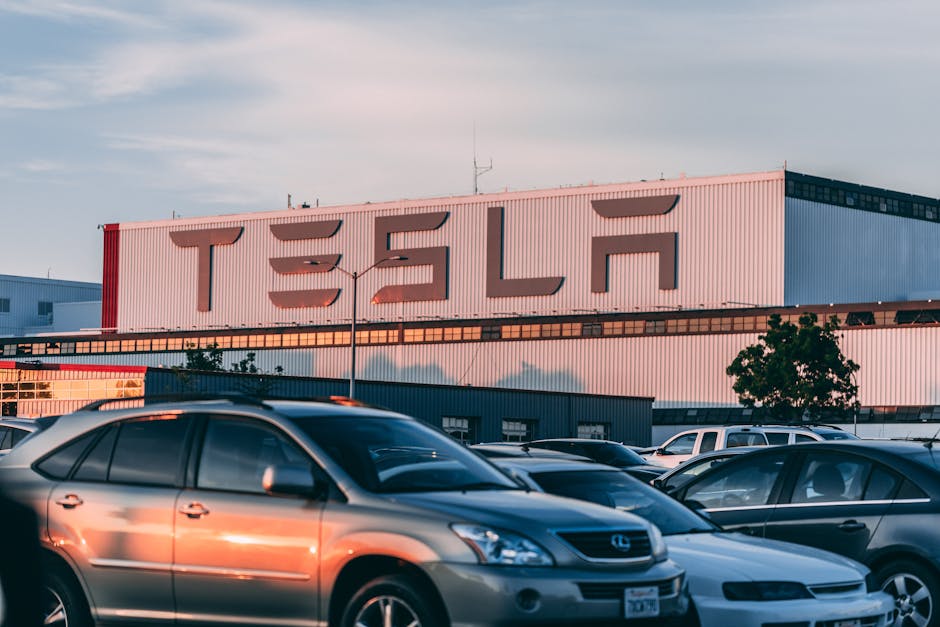The Sunset of Federal EV Tax Credits: A New Era for Electric Vehicles

The Sunset of Federal EV Tax Credits: A New Era for Electric Vehicles
On September 30, 2025, the landscape of electric vehicle (EV) purchasing in the United States underwent a monumental shift. The expiration of federal EV tax credits marks not only a significant change in government policy but also signals a new phase in market dynamics and consumer behavior. This development prompts a critical discussion on the subsequent challenges and opportunities facing consumers, manufacturers, and policymakers in the EV industry.
Impact Analysis: Navigating a Post-Incentive Marketplace
Immediate Market Reactions: In the wake of the tax credit's conclusion, a noticeable surge in EV purchases was recorded as consumers and fleets rushed to capitalize on the remaining benefits. This sudden spike underscores the significant role incentives played in EV adoption. Notably, popular models like the Tesla Model 3 and Model Y saw unprecedented demand, testing the limits of inventory and logistical capacities.
Adjustments in Consumer Strategies: With the elimination of up to $7,500 in potential savings, EV buyers are noticeably shifting their focus towards more cost-effective models and alternate incentives offered at state levels. This strategic pivot is crucial for maintaining the momentum of EV adoption amidst higher upfront costs.
Corporate Adaptation and Innovations
Businesses and fleet managers, who previously relied heavily on federal credits for cost management, are now exploring innovative procurement strategies. Lease agreements and bulk purchasing have become more prevalent as organizations strive to negotiate favorable terms directly with manufacturers to mitigate the financial impacts of the policy change.
Comparative Perspective: EV Adoption Pre and Post-Credits
Prior to the expiration, EV adoption rates were significantly bolstered by federal incentives, making high-end EVs like the Tesla Model X somewhat attainable for a broader audience. Post-credits, the market is witnessing a distinct segmentation: premium models are increasingly becoming a niche market while more affordable EVs gain broader traction.
Looking forward, the ability of the market to self-sustain without substantial incentives will be a true test of the viability and consumer acceptance of electric vehicles.
Forward-Looking Insights
Riding on current trends, automotive manufacturers are rolling out new financing schemes and rebates to attract buyers. Companies like General Motors and Tesla are innovating rapidly to reduce production costs and, consequently, the retail prices of EVs. This adjustment secures continued competitiveness in a market no longer buoyed by federal tax credits.
Furthermore, state incentives such as those in California and New York are becoming more critical in supporting the EV market. These regional benefits are not only preserving sales volumes but are also encouraging continued investments in EV infrastructure such as charging stations.
Conclusion: Strategic Imperatives for the Road Ahead
The ending of federal EV tax credits represents both a challenge and an opportunity. While it poses short-term disruptions in sales and consumer behavior, it also propels the market towards more innovative and economically viable models. Stakeholders across the industry must now focus on efficiency, both in cost and performance, to drive the next wave of EV adoption.
This pivotal moment could either slow down the momentum or mark the beginning of a mature, self-sustaining EV market. Strategic foresight, adaptability, and continued advocacy for supportive policies will be essential for shaping the future landscape of electric mobility in America.
